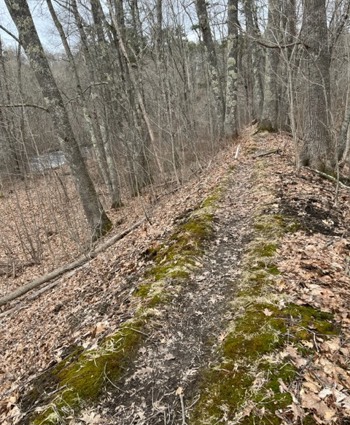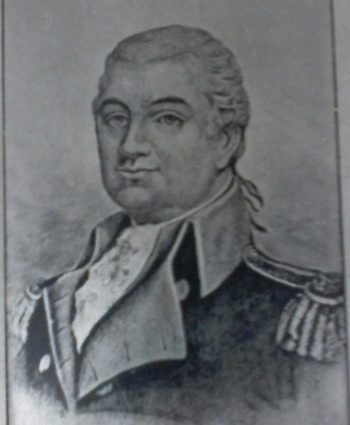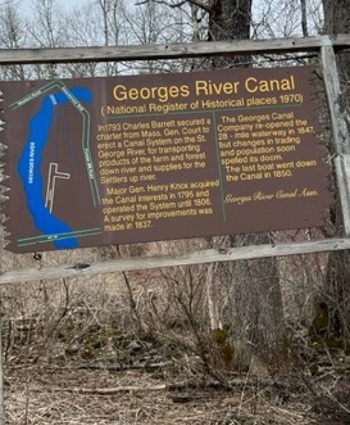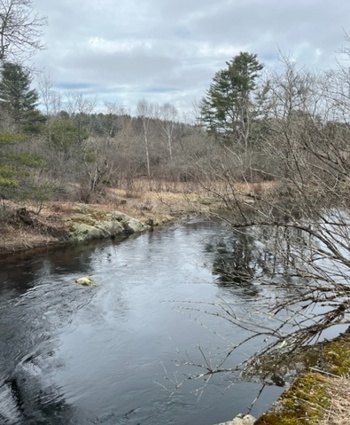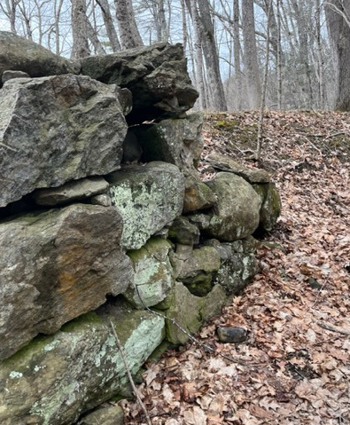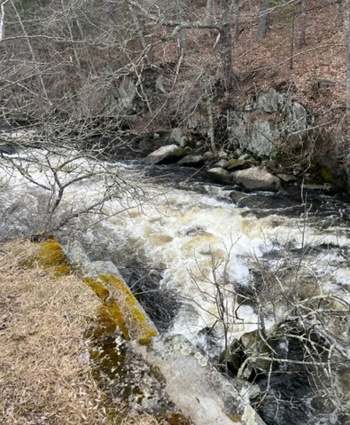Georges River Canal
In the early years of Maine and of the United States, inland transportation was limited to horse travel. Roads were expensive and difficult to build and maintain. Water transportation was faster, simpler, and cheaper.
One of the oldest canal systems in our country, the Georges River Canal’s first section was built by Charles Barrett in 1793. The canal would bring supplies upriver to settlers and farm products and lumber downriver to market. It was washed out in heavy rain the following summer. Discouraged by high expenses, Barrett sold the canal to Henry Knox in 1795.
General Henry Knox was interested in canal development for farming and navigation. He focused on a canal and lock system in the St. George River from its mouth in Thomaston to Seven Tree Pond in Union. He purchased and rebuilt the canal which later fell into disrepair and was abandoned after his death in 1806.
A new effort to rebuild the canal was made in 1837 but failed in bad economic times.
In 1846 the state legislature authorized the Georges River Canal Company to begin construction of a canal from tidewater in Warren to Stevens Pond in Liberty. On July 4th, 1848, the 23-ton steamer "Sennebec" ran up to Sennebec Pond in Union. High costs of maintaining the locks and dams doomed this effort.
The financial success of railroads was the ruin of most canal systems. The remains of the canal system can be accessed from Payson Park, Camden Road in Warren. Please consult Google Maps. The Georges River Canal was put on the National Register of Historic Places in 1970.
For more details:
Visit the Canal Room at the Dr. Campbell House and Museum.
https://americancanalsociety.org/wp-content/uploads/2019/08/Georges-River-Canal.pdf
Canal Path, a hiking trail in Searsmont, maintained by the Georges River Land Trust. Informational signs.
https://www.georgesriver.org/canal-path/
Be prepared for ticks:
